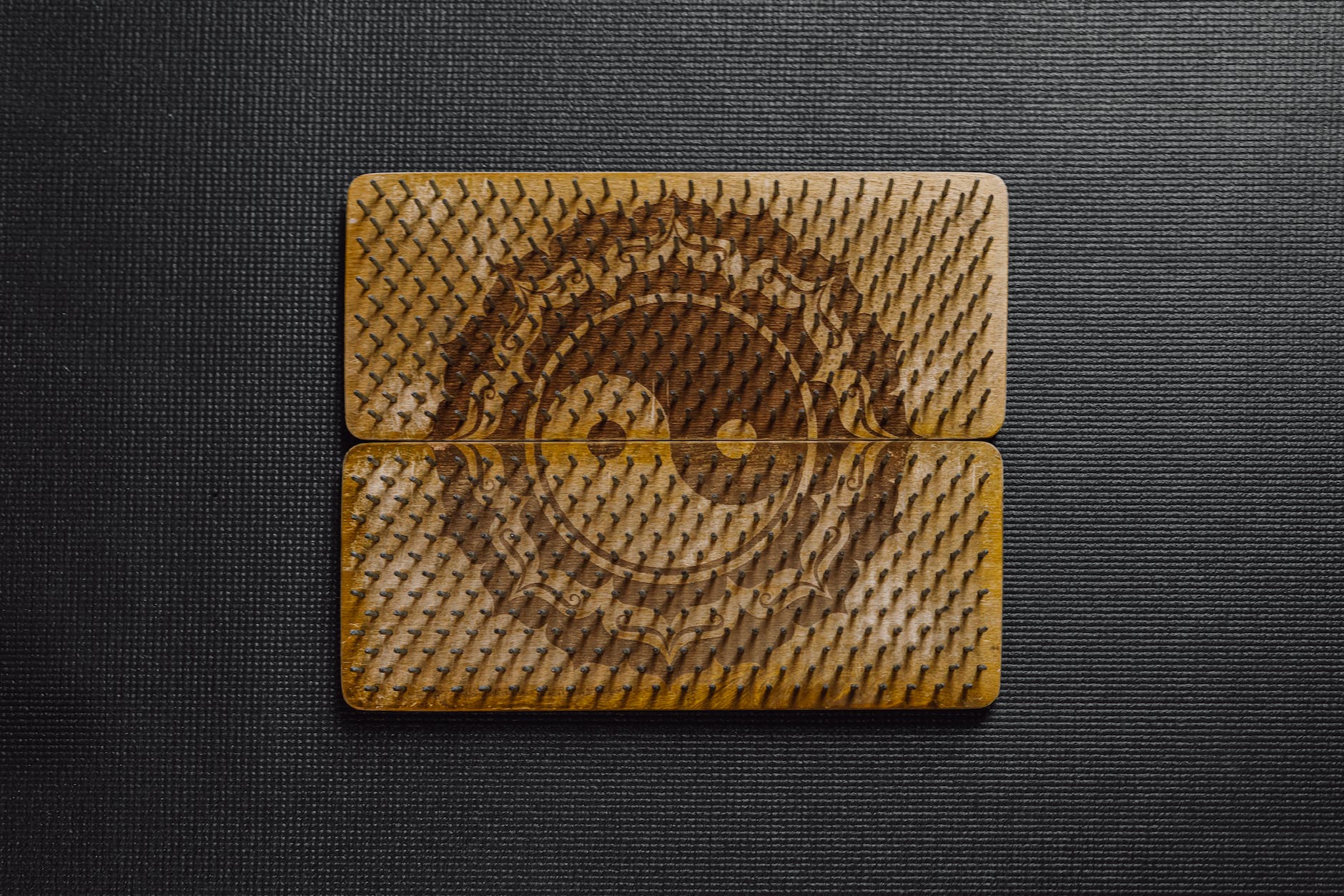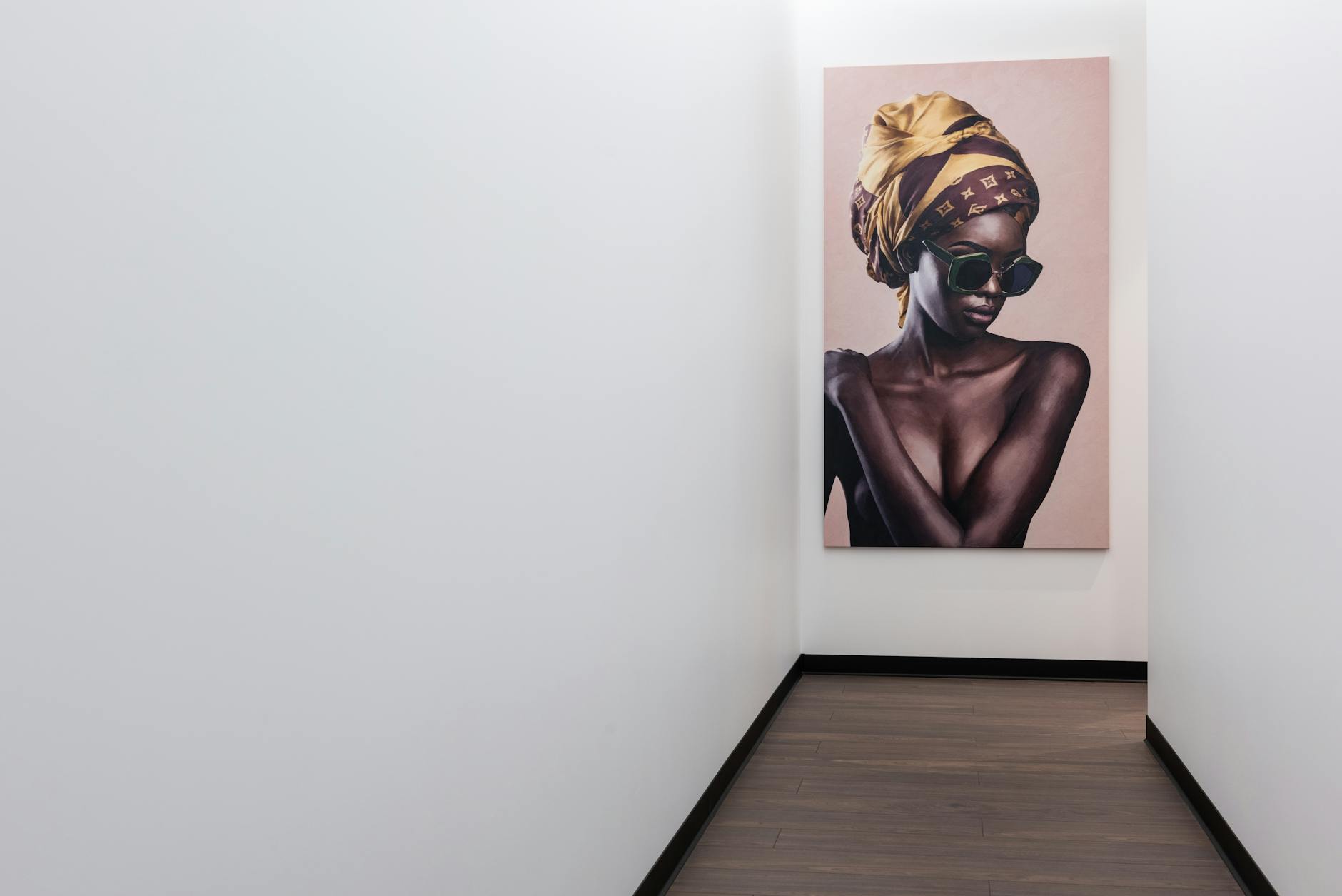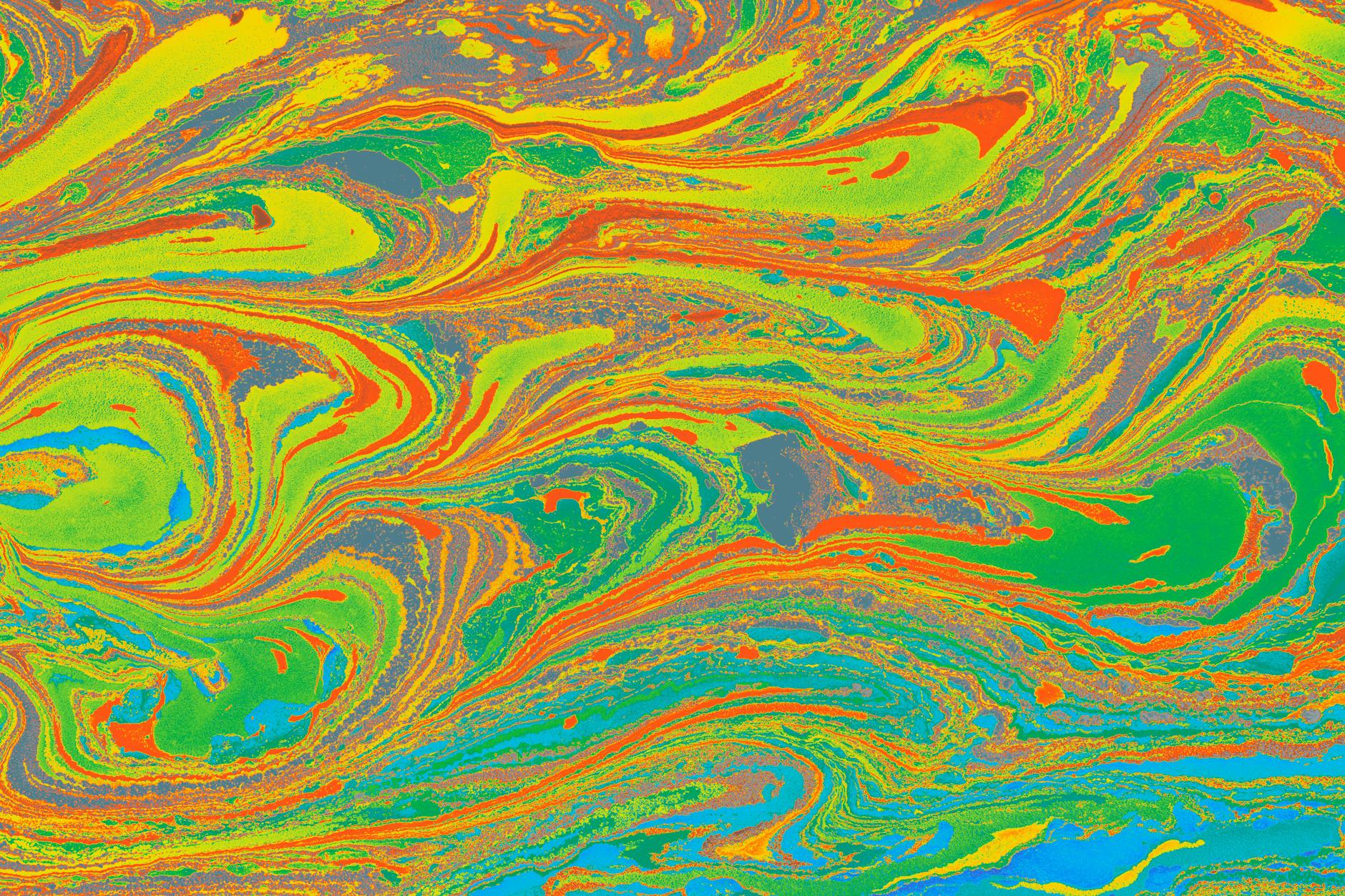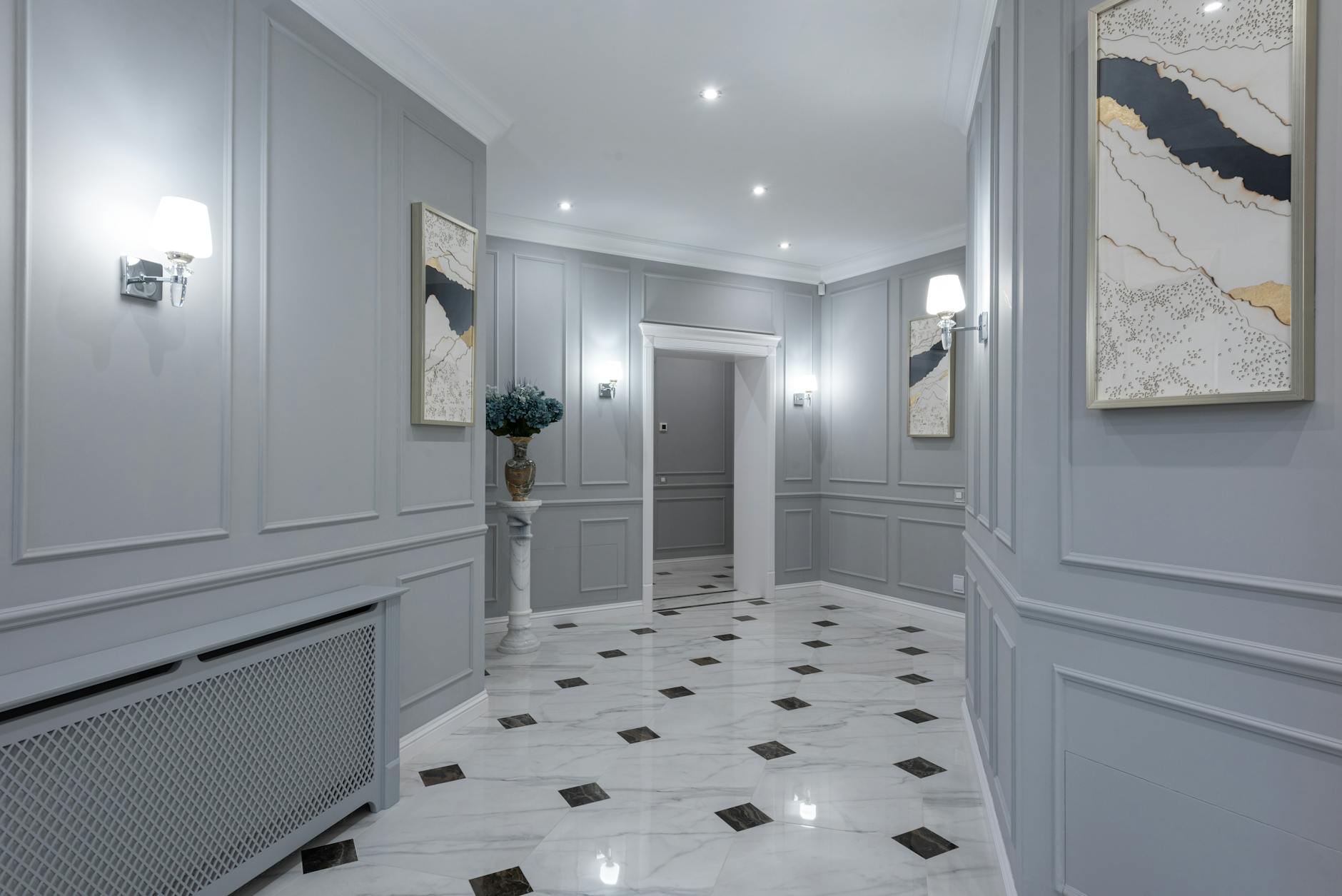The psychedelic art movement, synonymous with vibrant colors, surrealism, and mesmerizing patterns, thrived during the 1960s and 70s. It rose with the popularity of hallucinogenic substances like LSD and was reflective of a countercultural movement that sought to explore and celebrate the mind’s expanded potentials. What sets this artistic style apart, however, is its profound use of symbolism, a tool that assigns deeper meaning to each aesthetic choice, enigmatic form, and trippy pattern.
Psychedelic art is part frenzy, part enigma— a colorful labyrinth of intricate motifs, representative of an alternate, heightened mental reality. While the term is often connoted with visual ‘tripping’ with distortions and unrealistic depictions, the quintessence of psychedelic art is its intricate use of a visual language that transcends the expected and literal interpretation of art. Its symbolism is as much about the journey of exploration as it is about the destination of understanding.
Such a journey begins with patterns and motifs that are instantly noticeable in any psychedelic artwork. Repeating patterns and intricate motifs are the staple features of this artistic style, evolved from experiences of visual hallucination that trippy substances induce. Gradations of colors intermingle with each other to form a kaleidoscope of designs that seem to pulsate and warp, draw in and push away. Yet, every pattern, every swirl and checkerboard carries with it potent symbolism. It is a representation of a ‘visual language’ that speaks louder than words, resonating with the viewer’s inherent understanding of emotions, energies, and concepts.
Interweaving of cosmic and natural elements is another significant symbolic aspect of psychedelic art. Starting with early works like those of Alex Grey, entheogenic artists have used cosmic and biological motifs to interpret the unity of life and universe—an understanding often gained through transcendental experiences. These motifs are not random choices of fancy form but carefully chosen to embody an interconnectedness that words fail to express.
Every curve and color in a psychedelic artwork is also a narration of the self, not just in the traditional psychological sense but often deeper into the realms of the metaphysical. Elements such as eyes, waves, cells, and spiritual symbols are common in psychedelic art, and their recurrent use stems from recurring themes noted during psychedelic experiences. These symbols, like mirroring eyes in Matie’s Dance, hint at an expanded consciousness and infinite perspectives, a reflection of the self’s myriad facets.
However, figuring out the symbolism in psychedelic art is often an open-ended quest. As trippy as it may seem, the interpretation largely rests on the viewer, influenced by their own experiences, emotions, and introspections. The role of the artist is more akin to a guide than a storyteller; they map out a trail of symbols, inviting the viewer to wander and discover their own interpretations and connections.
Color, an integral component of any art form, is significantly magnified in its importance in psychedelic pieces. Hues and chroma create a visual symphony that triggers emotional and psychological responses. The vibrant, often contrasting colors, are not just eye-catching but purposefully chosen to induce particular emotions and moods. They echo the depth and range of feelings brought out during an expanded mental state and are valuable allies in expressing the unutterable.
Psychedelic art runs a broad spectrum, ranging from murals and rock concert posters to mandalas and visionary paintings. Despite the diversity, the persistent theme of mind exploration continues with potent symbolism used generously across formats. Deeply seated in a countercultural movement and linked closely with the psychedelic experience, the psychedelic art movement offers a refreshing escape from reality into a realm of heightened emotions, perceptions, and understanding.
In conclusion, psychedelic art is a beautifully complex intertwining of vibrant visuals and potent symbolism. Its symbolism serves as a unique bridge between the artwork and its viewer, facilitating a personal journey of exploration, interpretation, and ultimately, enlightenment. Discovering the meaning behind this intricate visual language is indeed like a psychedelic trip – thrilling, emotional, insightful, and beautifully enlightening.








